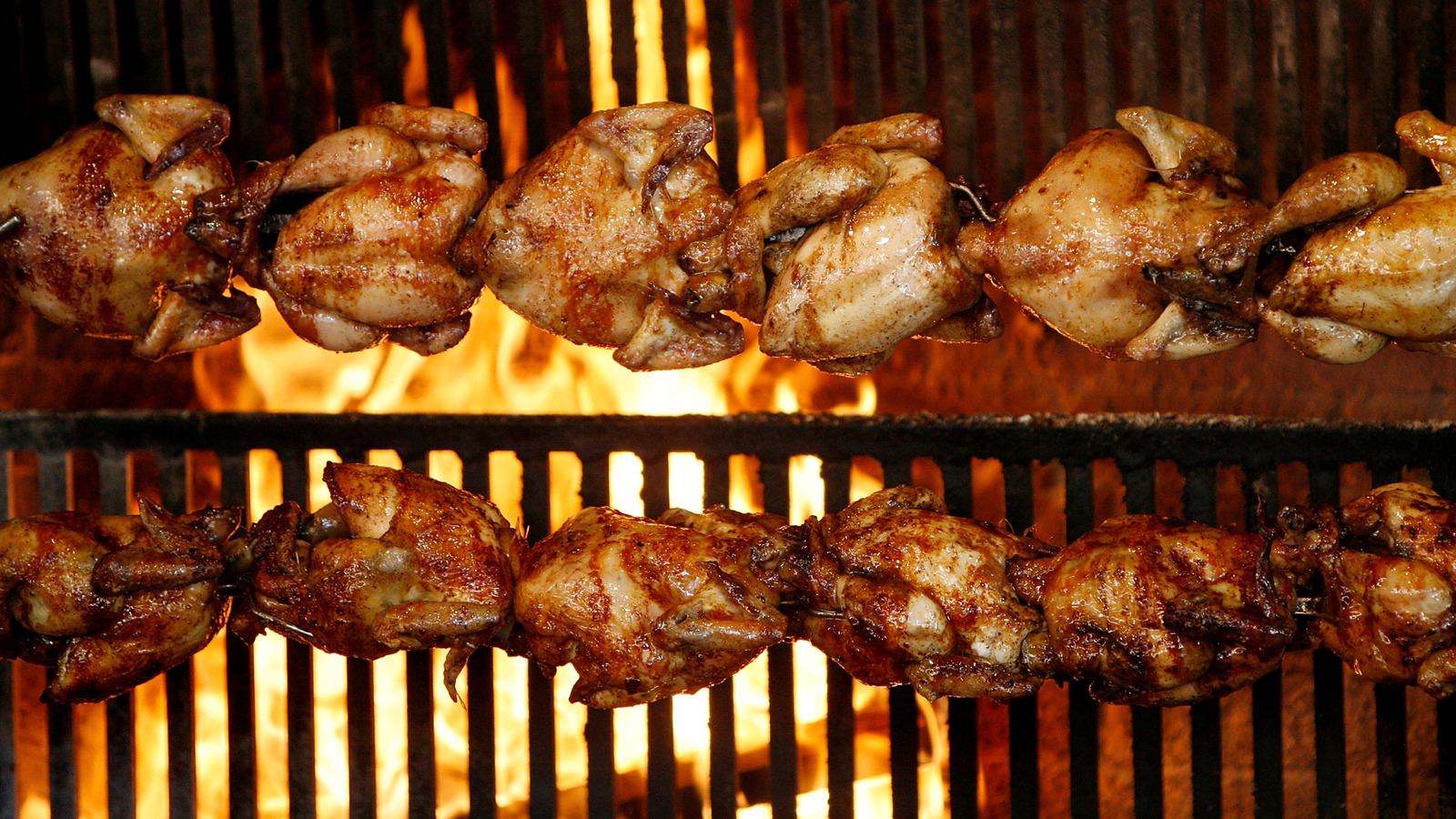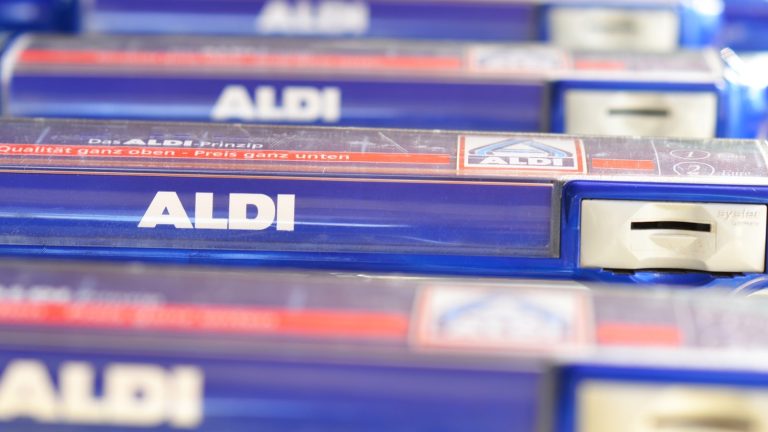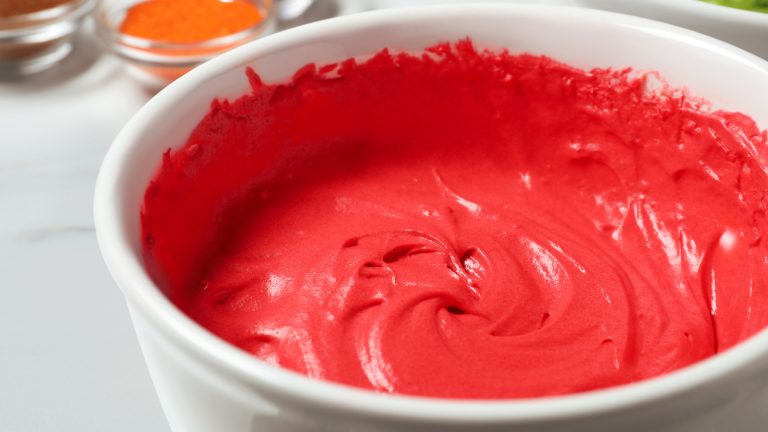Rotisserie chickens are a suppertime staple in many households. They’re affordable, quick to grab from the grocery store, and by the time you arrive home, rotisserie chickens are ready to carve up and eat. They also happen to be delicious if you’re into roasted poultry. Believe it or not, the history of rotisserie chickens come to us from Peru, where they represent 40% of the country’s entire fast food consumption. In the United States, rotisserie chickens became popular in the 1990s when Boston Market saw a massive surge in sales due to the popularity of this new “on-the-go” dinner option.
That said, the prudent rotisserie chicken enthusiast won’t simply walk into the store, grab the first bird they see, and take off for home. There are a number of important things to look for as you inspect a rotisserie chicken. After all, we’re talking about cooked meat, which always holds the potential for things like spoilage, mishandling, dryness, and other issues that plague careless chicken lovers. Here are some major red flags to watch out for the next time you pick yourself out a juicy rotisserie chicken for lunch or dinner.
Discolored chicken meat
Starting off with a simple tell, you can eyeball your rotisserie chicken in the store to determine its quality. As you’re picking the bird out of the lineup, sometimes it’s tricky to figure out what the chicken should look like in terms of color. Minor coloring issues in the chicken are generally normal, but ideally, the chicken skin should be golden-brown, and it should look appetizing. Significant color changes are a bad sign. The USDA Food Safety and Inspection Service notes that “fading or darkening” of the skin can indicate spoilage.
If you notice these signs, it’s a good idea to smell the chicken too. If you notice any kind of strange or unpleasant odor, that’s also a bad sign. Other red flags include sliminess and a sticky quality to the skin. Basically, the lesson here is to use your intuition: If the rotisserie chicken looks good, healthy, and delicious, that’s a good sign. If something about it looks unappetizing, move on to the next chicken in the lineup and perform the same inspection. Once you get the chicken home, you might notice some red flags just because the lighting or environment is different. You can always cut into the chicken and inspect the meat, which will vary in color from white to tan, or even pink. The USDA indicates that these are normal color fluctuations.
The chicken isn’t as heavy as usual
Chicken feeling a bit light? It could simply be that it’s a smaller chicken. After all, not every rotisserie chicken is going to weigh exactly the same. But while a lighter rotisserie chicken might save you a few bucks, that doesn’t mean you’re getting the best deal. Heavier chickens are more likely to be moist and delicious, while a lighter specimen could indicate that the meat has dried out.
That’s because when chicken is cooked, much of the juice is released, causing both shrinkage and weight loss. Poultry can be expected to shrink when it’s cooked — especially at higher temperatures — but at a certain point, it begins losing valuable juices that help keep the chicken moist and flavorful. Most grocery stores know what they’re doing when it comes to cooking rotisserie chickens, but it’s still possible for some chickens to end up on the rotisserie for too long, which leads to the meat drying out. The end result is a lighter and perhaps smaller chicken with dry meat that is harder to chew.
Cracked chicken skin
A well-cooked rotisserie chicken has a certain texture and quality to its skin. You’re looking for a chicken with tight skin that evenly covers the entire chicken. What you don’t want to see on your rotisserie chicken is cracked skin, or skin that looks like it’s tearing in sections. It’s possible that dry or torn skin could simply indicate the bird was handled a little rougher than it should have been, in which case the cracked skin is not truly a red flag.
But it can also indicate the whole chicken has been exposed to too much air outside the packaging, which means that if you buy it, you may be in for an unpleasantly dry chicken dinner. Sometimes, a grocery store might leave the rotisserie chickens out for a bit too long, which can lead to exactly this problem — especially if the birds aren’t packaged in a container that helps to retain moisture. The skin itself actually plays an important role in keeping that moisture packed into the body of the chicken, which means that if it becomes cracked, the juices can seep out. This leads to a cyclical problem: The skin breaks, moisture leaves the chicken, the skin dries out, cracks some more, and releases more moisture.
Too many chickens in the display area
It might look nice to see all those rotisserie chickens lined up together, but what does it mean? Believe it or not, too many chickens in the display area can actually be a red flag. One explanation for the excessive stock is that the chicken simply doesn’t taste very good. If that’s the case, fewer customers will purchase a rotisserie chicken from that store more than once. On the other hand, if the display has fewer chickens, it could mean the opposite — that the birds taste so good, they get snatched up quickly.
Another reason you might see a ton of chickens on display is that the store is purchasing cheaper, lower-quality chickens. Thus the increased stock means they can afford to put out more birds at once. Likewise, fewer chickens could indicate the store is paying for high-quality birds, so they can’t afford to place too many out at the same time. In fact, both explanations could be true – lots of cheap chickens that no one wants, or a smaller quantity of more expensive birds that are popular with customers.
Dark-patched chicken skin
Those dark patches you see on some rotisserie chickens are not usually a big deal. However, if a chicken has too many of these, it can be a sign that the chicken has been overcooked. Some folks love the taste of charred meat, so maybe they won’t mind the spots. However, a dark area on the bird could be something other than a sign of overcooking. It might be discolored in sections for other reasons like damage or spoilage.
If you see a dark section on your rotisserie chicken, always check it out up close before buying. If it looks like charred skin, you know it’s not anything more serious … like bacteria, for instance. Yet if it’s a burnt section, that means the chicken may contain higher amounts of chemicals like acrylamide, polycyclic aromatic hydrocarbons, and heterocyclic amines. Some studies indicate that exposure to these chemicals may have links to several types of cancer. It may be best to avoid rotisserie chickens with dark patches, especially since there is little to lose by selecting a chicken with unmarred skin. Experts generally agree, however, there is currently not enough evidence to certifiably declare a link between burnt food and cancer risk.
The package is missing important labels
Nutritional information and other standard packaging labels serve the important purpose of letting customers know what they’re eating and whether it’s safe. While all this nutritional data might be overwhelming, it’s no less crucial that customers inspect those labels and make sure everything looks as it should. That being said, if a grocery store neglects to place the necessary labels on their rotisserie chickens, that’s a real problem.
Without food labels, there’s no telling what kinds of ingredients might be lurking in that innocent-looking bird. There are actually eight different requirements that a food label must meet in order to be meet the standards. These requirements are product name, inspection legend and establishment number, handling statement, net weight statement, ingredients statement, address line, nutrition facts, and safe handling instructions. The label may also indicate the date by which that rotisserie chicken should be used, so keep an eye out for that as well.
The chicken emits an unpleasant odor
This one is intuitive — because nothing beats the delectable aroma of fresh cooked meat. Any food you plan on eating ought to smell good, and if that’s not the case, it’s best to throw it out. This goes double for rotisserie chickens. Eating spoiled vegetables is bad enough, but bad poultry is not a road you want to go down. When raw poultry is fresh, it shouldn’t have any particular smell to it, but when it’s cooked via rotisserie, it should smell delicious. Properly cooked chicken bears an appetizing aroma, and this can usually be detected from a few feet away.
Bacterial growth can lead to an unpleasant smell coming from rotisserie chicken. And if chicken is left out for too long, or if the meat was not fresh to begin with, you may notice odd smells coming from the packaging. That’s why it’s always a good idea to give your rotisserie chicken a good sniff before taking it home. You may feel mildly self-conscious sniffing chicken in the grocery store, but it’s either that or risk spending your money on a bad bird.
Too much moisture in the packaging
What about when there’s excess moisture in the rotisserie chicken package? Oddly enough, this can also indicate an improperly dry rotisserie chicken. Firstly, there’s the issue of condensation. Whenever warm air comes into contact with a cooler surface, you get moisture on the side of the surface where the air is hitting it. This is a normal occurrence in the case of rotisserie chicken, but if you notice a ton of condensation on the inside of the packaging, that can be a red flag. It may indicate too much moisture is escaping the bird.
A similar issue you might run into is a pool of liquid forming at the bottom of the packaging. While it’s possible all this moisture is indicating a particularly juicy chicken dinner, it could also mean the chicken has lost moisture while sitting under the heat lamp. And a ton of excess juice at the bottom of the package may even demonstrate more juice was added to the chicken to give the appearance that it’s a succulent meal.
The ingredients are suspicious or unfamiliar
If that list of ingredients on the packaging seems a bit long, and in particular, if it contains odd ingredients you didn’t recognize, it may be best to get your rotisserie chicken elsewhere. Granted, a rotisserie chicken is a much healthier option than most of what’s available in the world of junk food, but that doesn’t mean it’s totally free of certain sneaky additives. Some grocery stores may add various ingredients that are included to lend the bird more flavor and endow it with a longer window of edibility.
This list can include things like sodium and phosphates, which are not necessarily unsafe to eat but require consumers to look closely at the packaging labels to make sure they know what they’re buying. Excessive sodium intake, for example, can lead to certain cardiovascular problems. Rotisserie chicken is also sometimes found to have carrageenan in it, which can help prevent the bird from becoming too dry. But it can also have inflammatory or gastrointestinal side effects. Long story short: Check the nutrition label on your rotisserie chicken and do a little research to make sure there’s nothing going into your body that you might prefer to avoid.
The chicken display isn’t properly heated
A good rotisserie chicken ought to be kept in a heated display. There are a couple different reasons for this. Obviously, you don’t want your chicken going cold before you take it home to enjoy. If a grocery store uses a heat lamp, the chicken can remain available on display for a much longer window of time than if it were sitting at room temperature. The heat lamp must keep a temperature of 135 F or higher.
If the store chooses to keep the chickens at room temperature, that’s not necessarily a bad sign, but it depends on how long the chicken has been there. A rotisserie chicken may only remain at room temperature for four hours before it must be thrown out. Below 135 degrees, four hours is enough time for bacteria to begin growing. Also, customers have to consider the time between picking up the chicken and actually eating it. If a room temperature chicken is purchased four hours after going on display, that means it’s going to continue sitting at room temperature for however long it takes to get home and actually eat it. The safe bet is to opt for a rotisserie chicken that has been sitting underneath a heat lamp.
The chicken packaging has been damaged
Just like with other perishable food, it’s important to check packaging. If you spot a damaged rotisserie chicken container, it could be an indicator that it’s been improperly handled by store staff, or worse — bacteria might have gotten inside the container. Different grocery stores will package their rotisserie chickens in different ways. Some places might use a plastic bag or aluminum foil. Always check packaging for rips and tears, which can expose chicken to too much outside air.
If your chicken is in a hard plastic container, check for holes and dents to make sure the bird hasn’t been compromised. If you’re not sure whether a container is in good condition, compare it to other containers on display. Choose a different rotisserie chicken if you notice the container doesn’t look the others. Make sure the packaging is sealed everywhere that it ought to be, and that there is no evidence of contamination from outside sources due to any damaged area on the package.
Buying a rotisserie chicken at the wrong time of day
Most grocery stores have paid enough attention to customer habits to know when people come hunting for those juicy rotisserie chickens. That means there are certain times of day when you can expect the freshest chickens hot off the rotisserie. Every grocery store is a little different, but many of them will cook up their first round of fresh rotisserie chickens around 8 a.m., and they will continue cooking new chickens every two to four hours. This will continue until around 6 p.m., at which point the last round is left under the heat lamps for the rest of the evening.
You can also call ahead and simply ask your local grocery store what their chicken cooking schedule looks like — that way, you have the most accurate knowledge. But given the approximate cooking schedule of most grocery stores, your best bet for a fresh chicken is always to arrive early and pick it out then. Of course, if you wait until the evening to have the chicken for dinner, you will likely want to grab yours later in the afternoon to ensure the smallest window of time between when the chicken is cooked and when it gets eaten. Alternatively, place your rotisserie chicken in the fridge when you get home, which ensures it will be ready for you once it’s finally time to eat.





